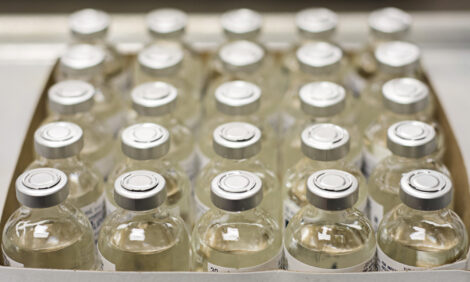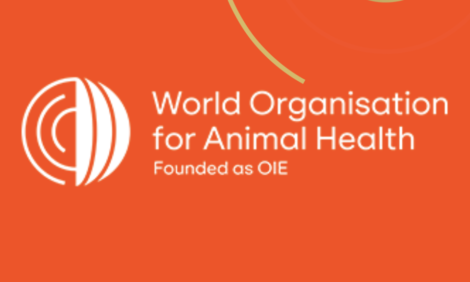



Has poultry-farm biosecurity improved since the 2015 HPAI outbreak?
More than 42 million commercial poultry, mostly layers, died in the 2015 outbreak of highly pathogenic avian influenza (HPAI) in the US. The catastrophe pointed to biosecurity gaps that needed remediation to reduce the risk of future outbreaks.Have biosecurity practices improved since?
Yuko Sato, DVM, MS, DACPV, of Iowa State University, wanted to find out, so she conducted a national survey. She found that poultry facilities have, in fact, taken meaningful steps to prevent a repeat of the 2015 HPAI disaster, as she reported at the 2017 Midwest Poultry Conference in St. Paul, Minnesota.1
The responses to the veterinarian’s survey came primarily from the Midwest, where the 2015 HPAI outbreaks occurred. There were 172 replies. The majority — 45% — came from commercial layer operations, 39% were from turkey operations and the rest were from pullet or broiler operations. Nearly half — 49% — of those who answered the survey were either on-site managers or live-production directors. The remaining respondents were owners/presidents, veterinarians, technical service representatives and production managers.
Biosecurity officers assigned
Sato found that 88% of the respondents have assigned biosecurity officers, a significant improvement compared to 28% prior to the outbreak. In most cases, however, serving as a biosecurity officer was an added responsibility to other roles. Only 5% said the position was a personnel investment or new hire. Nearly all biosecurity officers review the company biosecurity program at least once annually.
About two-thirds of the poultry companies surveyed indicated that their biosecurity plan is now audited, an improvement from 29% prior to the outbreak, she said.
About one-third of respondents said equipment is shared among poultry houses, and 96% of them have standard operating procedures for cleaning and disinfection of equipment, up from 71% prior to the outbreak, she continued.
Additional findings
Sato also reported that over 90% of respondents monitor visitors to the farms through log-in sheets, and 82% had control measures for wild birds, rodents and insects.
Dead birds are collected daily in 94% of the facilities, and 65% said disposal is on site. Fewer than 60% have protocols for depopulation or unexpected high-mortality events. Manure and spent litter are handled on site by internal staff in 64% of the locations, she said.
Many operations have made structural investments to strengthen biosecurity, which included gated entryways (59%), foot baths (90%), hand-sanitizer stations (74%), lines of separation (48%) and shower-in facilities (42%).
Over 55% of the facilities have installed the more elaborate Danish entry system, which includes areas of separation and a place for footwear and clothing on both the clean and dirty sides as well as a place to wash hands.
Sato concluded there is strong evidence that biosecurity has improved across the industry, in terms of both physical barriers and “cultural” procedures and practices. Many poultry companies have worked hard since the outbreak to develop, implement and improve biosecurity practices for their production facilities.
Sato cautioned, however, that effective biosecurity requires vigilance and said there must be processes in place to verify compliance with biosecurity procedures.
Sato Y, et al. One Brick Higher: Biosecurity Practices and Investments Implemented by Today’s Poultry Producers. 2017 Midwest Poultry Conference, St. Paul, Minnesota.










